Soon the weeks of anticipation and excitement will come to an end: You may pick up your puppy and he will move into his new home. In order for the cohabitation to work out well from the beginning and for the little four-legged friend to settle in quickly, some preparations are necessary.
The Puppy Equipment
If your dog comes from a breeder, you should ask whether your puppy will receive various equipment. For example, many breeders give a collar, leash, blanket or basket. Usually you will also receive a small amount of the previous food, so that your puppy does not also have to cope with a change of food immediately.
Basket/box/blanket/pillow
When it comes to sleeping and resting places, there is a lot of choice and the decision is often difficult. Ask about the previous sleeping place of the dog child, perhaps he prefers this also in the new home. Otherwise, you may have to try out a few things before you find the right one for your four-legged friend.
If you want your dog to sleep or rest in a box permanently, he must first be accustomed to it slowly. Under no circumstances should you simply put him in the box and close the door. First he should be lured in with treats and so stay longer and longer in the box.
Consider in advance where the dog’s resting place should be. Many people do not want to have the dog in the bedroom, however, the dog babies often feel very abandoned if they are to sleep separated from their new pack right in the first nights. A good alternative is to put a cardboard box, a high-walled basket or a box that can be opened from above, next to your own bed. The dog will feel your closeness and you will quickly notice when he needs to go out at night.
Toy
Maybe your puppy already has a favorite toy in his previous home, then you can get one for home. Chew toys are very popular with puppies, such as chew ropes. But also balls or cuddly toys are gladly taken. It is very important that nothing can come off the toy, which the dog could then swallow.
Collar, Leash And Harness
Perhaps they already get the first collar, leash or harness from the breeder or animal welfare association. If not, you should ask for advice on the right size in a specialist shop. Make sure that the first equipment is not too heavy. Well-suited material is for example nylon. Also, do not invest too much money in this initial equipment, because the dog will probably grow out of it on the one hand and on the other hand, some puppies also like to chew through a leash.
Food
Use the first days in any case the food that the little four-legged friend has received so far. Should you want to change, this should be done slowly and carefully, in which one replaces more and more of the old food with the new.
Treats should be small and compact. However, they do not have to be made specifically for puppies. Make sure there is no sugar or other harmful ingredients.
For employment, puppies can also be given balls or kongs that can already be filled with food. The natural need to chew can be satisfied by natural products such as dried beef skin or chewing roots.

The First Days In The New Home
For the puppy, a decisive turning point in his life has just happened. It has lost its home, mother and siblings from one moment to the next. While young dogs are usually very flexible and adaptable, some time is needed for a puppy to get used to its new pack and environment.
Therefore, don’t plan on any big activities for the first week. Friends and relatives should also be able to curb their curiosity for a few more days. The first time should be spent mainly at home, interrupted by frequent but short walks outside, so that the dog can get loose. A calm, relaxed atmosphere should also prevail in the house or apartment. Under no circumstances should the dog be kept constantly occupied. Like a human baby, a puppy should still sleep a lot and the rest of the time it is busy exploring the new environment.
Only in the second week you can slowly start with smaller walks. Per month of life, the puppy should walk for 5 minutes at a time. Thus, a 12-week-old puppy can take a fifteen-minute walk. This rule is especially important for puppies of large and heavy breeds to protect their joints. In the first weeks, stairs should also not be climbed, your dog baby should then always be carried.
Housetraining: educating the puppy
House training is the most important educational goal in these first days. As a rule of thumb, a puppy should always be brought out after eating and sleeping. At the latest, however, after two hours. At night, you can possibly extend the period to three to four hours, but this depends on the individual puppy.
Even if you go out with the puppy regularly, there will be one or the other puddle or poop. Just make it go away without comment, scolding does not help yet, because the puppy cannot associate it with this action yet.
There are small dog miracle children who are already house-trained after one week. The majority, however, need four to eight weeks, but even four months are still within the framework to learn the house training.

Keeping the puppy alone
Dogs are pack animals. A puppy separated from the pack in the wild is likely to be in mortal danger. This primal fear is still ingrained in our dogs today. Therefore, you should definitely take into account that a puppy cannot stay alone for two to three hours until it is about half a year old. Nevertheless, you can start training from the first day. You should, when you move through the apartment, also close a door behind you every now and then. Be it when taking a shower or going to the toilet. After that, just come back into the room without much fuss. After a week or two, you can even go outside the front door for a minute or two. Some puppies respond to this by howling and whining. Always allow a short period of quiet time for the little dog to come inside. This way he learns that you won’t come if he howls.
Getting used to the collar and leash
Ideally, your new roommate already knows the collar and leash. If not, he needs to be accustomed to it slowly and sensitively. First show him the collar, let him sniff it, at the same time he gets a treat. Then put the collar over his neck and give him another treat. And so you continue slowly with the habituation, until the puppy lets himself put on the collar and does not want to get rid of it. You can then put the leash on at home first and let the dog run around freely with it. Again, treats can make habituation easier. Targeted training to walk well on the leash will take place later.

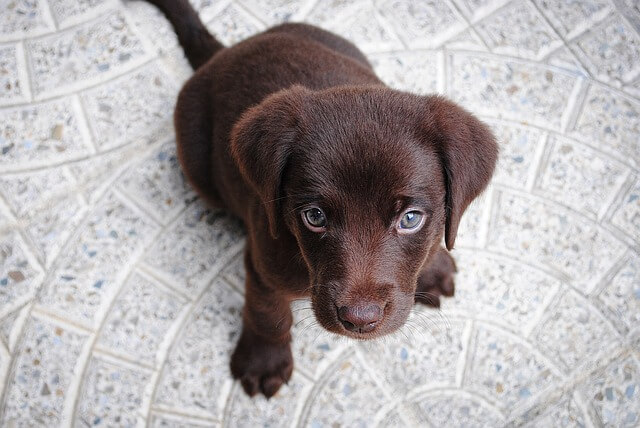


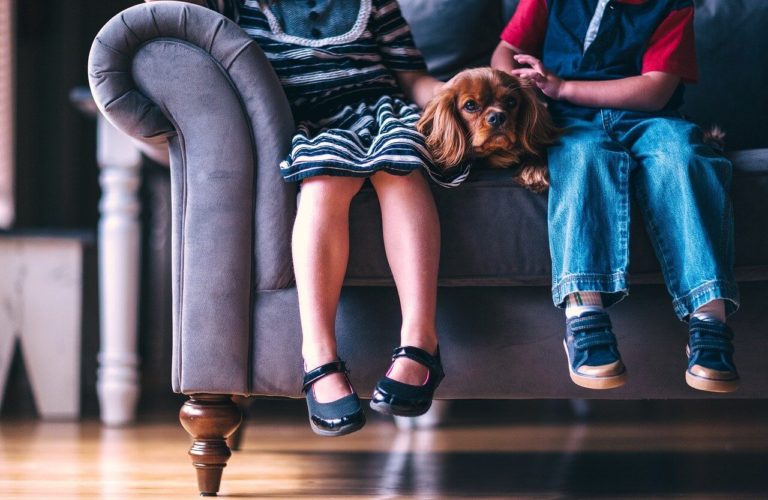
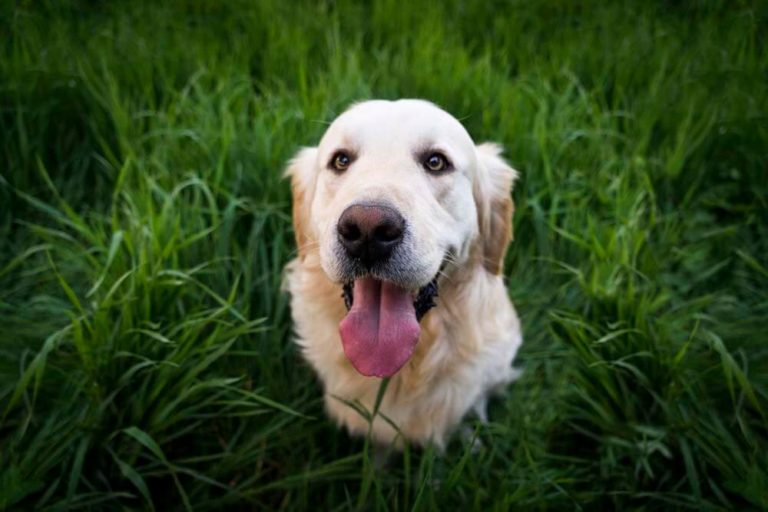
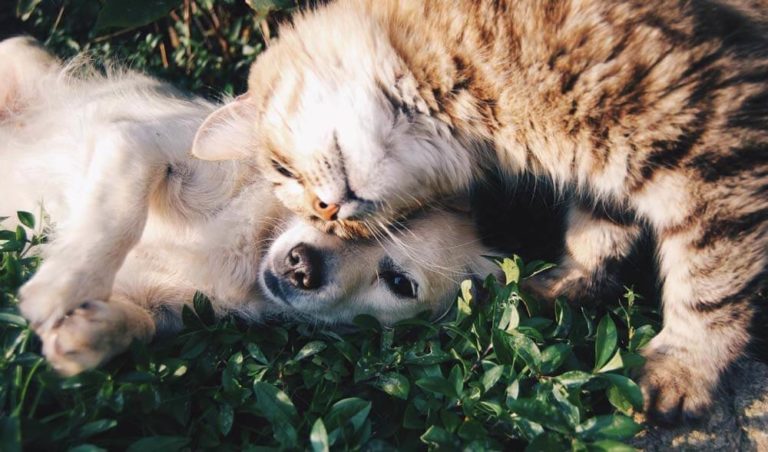
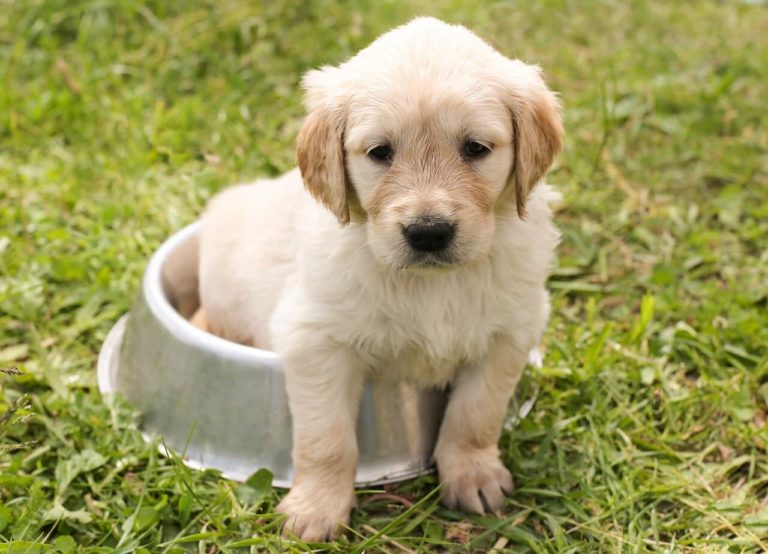
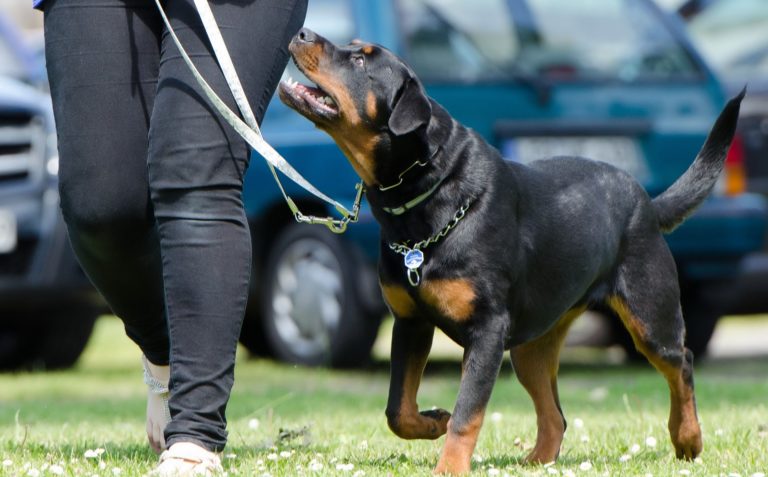
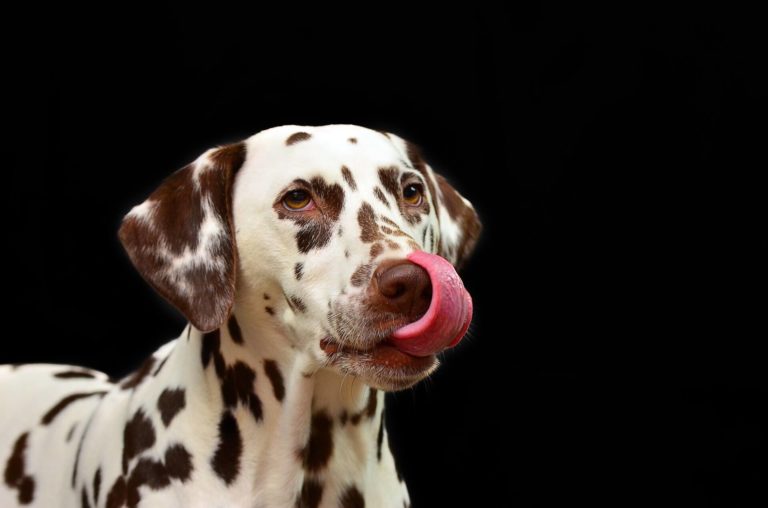
9 thoughts on “The Puppy Moves In!”